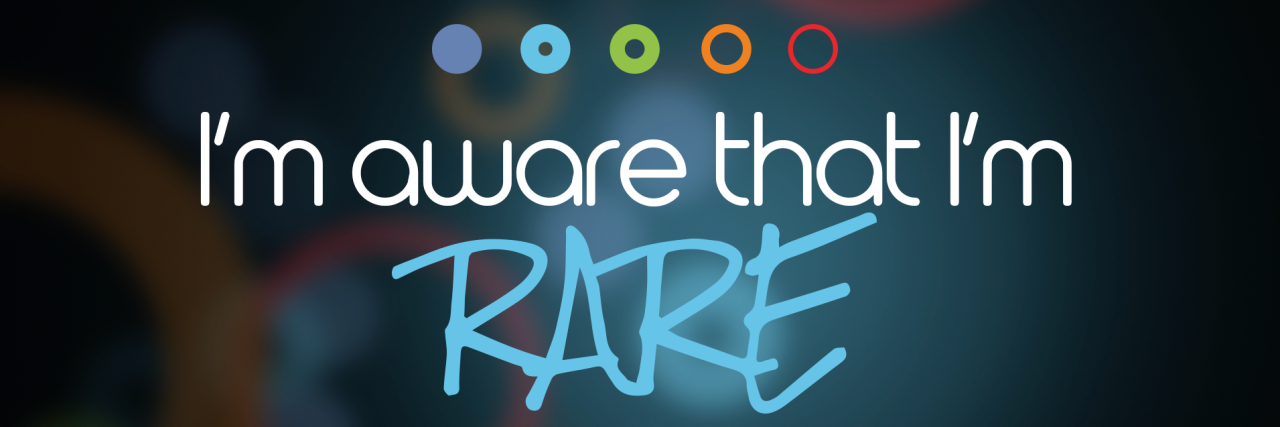Dr. Uyen Truong discusses how MRI has the potential of providing as much if not more information about the cardiovascular system as cardiac catheterization, and this may shift the paradigm of pediatric PH care towards a safer, noninvasive monitoring modality and significantly improve quality of life in children with PH.
Transcript:
My name is Uyen Truong. I’m an associate professor at the University of Colorado. We are affiliated with the Children’s Hospital of Colorado. I’m in the division of pediatric cardiology, and my specialty is non-invasive imaging in cardiovascular medicine, so echocardiography and MRI.
Because we are located where we are at altitude, we are a huge referral center for pediatric pulmonary hypertension. Children come from all over the country to come and be cared for at our center. A lot of our research is based on this particular population, and so my research of interest is trying to understand how far non-invasive imaging can go in terms of diagnosing, screening and managing children with pulmonary hypertension.
As of now, the conventional management is to take these kids to cardiac catheterization, evaluate their hemodynamic status including pulmonary vascular resistance and the pressures in their pulmonary vasculature. But as you can imagine, this would require putting kids under general anesthesia, which is very dangerous in this population anyways. Some of these kids don’t survive past just being placed under anesthesia, and then to go on and place catheters in their heart, extremely dangerous for them.
So, what I’m trying to prove is that I can get all that information based on MRI. And if I can do that, it would open up a world of research for us to do in terms of how these kids respond to certain medications and what not.
The information that a cardiac catheterization can give a clinician who’s taking care of a patient with pulmonary hypertension include anatomy of the cardiovascular system, pressures throughout the myocardium and the vasculature as well as something that we call acute vascular reactivity, meaning if you give them a vasodilatory medication, such as iNO, how would their heart respond? So I am addressing all of those points.
So first and foremost, MRI is better than catheterization in determining cardiovascular structure. We can give contrast and light up the entire system, and you can look into details in three dimension as to the size. If there’s any kind of stenosis, any kind of obstruction, we would be better able to visualize that.
In terms of pressure, we are trying to show that novel parameters that you can derive by MRI can predict pressures in the pulmonary vasculature, and then we are also starting very recently to perform the acute vascular reactivity in the MRI scanner itself. So replicating what they’re doing in the catheterization lab by giving these patients inhaled nitric oxide and oxygen and then repeating the MRI scan and seeing what happens to the cardiovascular system.
So we just received a huge NIH grant to fund our study over five years, and since that time, we’ve recruited six patients to undergo MRI within 48 hours of a clinically indicated right-heart catheterization. Therefore, we would hope to compare the two methodologies within a very short period of time. And what we have found so far is that A, we can do it. It’s feasible. No one has ever shown that you can do acute vasoreactivity similar to this in the MRI scanner. And B, we’re starting to see that there are significant physiology changes under nitric oxide that was never shown before. What does that mean? We’re not sure yet, but we’re hoping over the long term to recruit 40 patients during that entire five years. And that would give us enough power to do statistical analysis and really understand what’s happening.
Our inclusion criteria are children seven to 21. We chose seven because we do not want to sedate these children. They must be awake, which is one of the advantages of MRI, that you can do this type of testing without having to anesthetize them, unlike catheterization, where you have to anesthetize all of them.
We’re choosing kids who have been diagnosed by right-heart catheterization, so their mean pulmonary artery pressure has to be above 25 millimeter mercury with a normal wedge pressure and elevated PVR. We’re excluding kids who have significant intervention in their pulmonary vasculature because we really want to understand the native pulmonary arterial response to iNO, rather than a fibrotic or scarred down area of the pulmonary vasculature.
So how I envision it is if I can prove that MRI can give equivalent, if not superior data than right-heart catheterization, we can use it as an endpoint for any type of pediatric research because as of now, we don’t have a reliable endpoint for pediatric research. So we can do things like test medications, see what their response is. As of now, there’s only one FDA-approved medication for children.
Our overall goal for what we’re doing is trying to improve the lives of children with pulmonary hypertension. As it stands, their medical care requires serial examination of their cardio-vascular system, which means that they are exposed to serial cardiac catheterizations.
So if you were to say that the risk of catastrophic events such as death or the necessity to resuscitate is about 3.3 percent for each catheterization procedure, you can imagine over the lifetime of a child how much more risky those procedures become. And so, we are hoping to improve the lives of these children and provide something safer, non-invasive and perhaps more accurate assessment of their heart and vasculature.
My name is Uyen Truong, and I am aware that I am rare.
Learn more about pulmonary hypertension at www.phaware365.global. Never miss an episode with the phaware® podcast app. Follow us @phaware on facebook, twitter, instagram, youtube & linkedin @phaware

